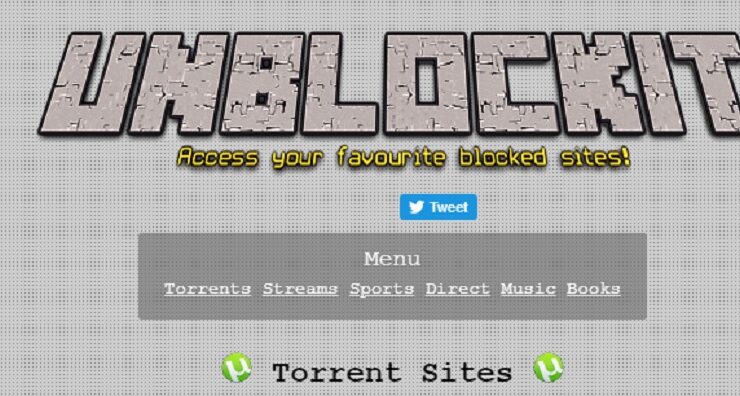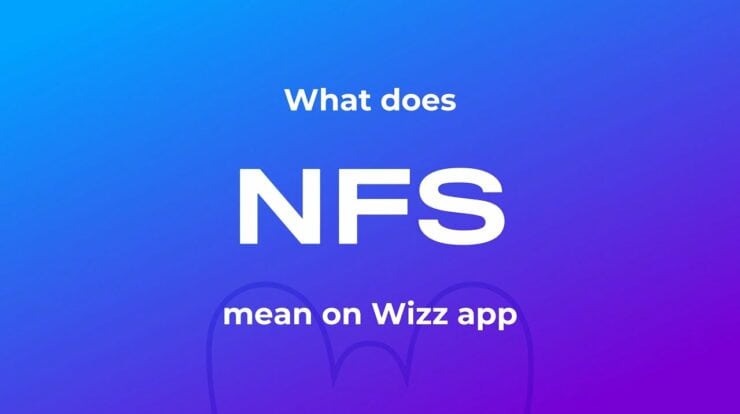
For the past half-decade or so, the popularity of live video broadcasting over the internet has been steadily increasing. Both individuals and businesses are now constantly streaming live video content for various purposes, from as simple as gaining more clout on the internet to promoting your product or service over live video.
At the moment, live video broadcasting is one of the best ways to gain attention from new leads, and in this article, we will walk you through how to broadcast live video over the internet, and without further ado, let us begin.
What Is a Live Video Broadcast
Online video broadcasting is the practice of broadcasting/distributing video and audio content to an audience over the internet, and it is also often called Over The Top (OTT) broadcasting.
Live video broadcast, or also called live streaming, is an online video broadcasting when the video/audio content is broadcasted over the internet in real-time. The video content can be viewed almost immediately without a significant delay by the viewers as soon as it is broadcasted by the content publisher.
In the days of traditional TV broadcasting, a live video broadcast was certainly possible, like how sports events are broadcasted live all around the world. However, back then it is very expensive and difficult to perform a live broadcast due to the equipment and technology requirements.
Nowadays, however, it is much more accessible to start a live video broadcast over the internet, and you can even do it right away from your smartphone that is connected with internet access. Various platforms, like YouTube, Twitch, and Facebook Live, among others, also allow us to live broadcast our video content easily and freely.
How To Broadcast Your Live Video Over The Internet
As discussed, setting up an online live broadcast nowadays is fairly accessible and affordable. However, if you don’t know where to start, this process can still be challenging.
Thus, here we will discuss how you can easily set up your live online broadcast, and there are actually only four main elements you’ll need to set up a successful live video broadcast over the internet:
- Video and audio sources: the sources of your content. In a live video broadcast, your camera is typically the main video source, as well as microphones for primary audio sources. However, prerecorded video and audio files can also be considered video and audio sources.
- Encoder: an encoder is essential in any online live video broadcast, as it will encode the video data coming out from your camera into a stream-friendly format.
- Video broadcasting platform: the platform where you will live broadcast your video. This can be a free social platform like YouTube or Twitch, or you can create your own platform. A viable option is to use a professional cloud playout platform like Viloud to get the most versatility. Your channels and videos are currently paused, but all your data is still safe. To continue using Viloud, select a plan that works for you.
- Reliable internet connection: since you are going to broadcast your content live, then a fast enough and reliable internet bandwidth is a must.
Below, we will discuss them one by one.
1. Audio and Video Sources
In an online live broadcast, your video source can be:
- A professional-grade DSLR or mirrorless camera
- A camcorder
- A computer screen (with screen capture software)
- Your computer’s webcam
- Your smartphone’s camera
Cameras nowadays come in various price ranges and various quality, ranging from just below $500 to above $10,000.
Similarly, microphones will be your main audio source, and they now come in a wide variety of price ranges from USB microphones below $500 to professional XLR microphones above $20,000.
2. Encoders
What does an encoder actually do? In essence, your video camera doesn’t actually produce an actual video file but a continuous stream of image data instead.
An encoder would then encode these series of images into a single video file, which will allow it to be live broadcasted smoothly.
There are two different types of encoders to choose from:
- Hardware encoders: a dedicated physical device, can be portable and small or large and permanent. Typically they can support linear 24/7 streaming without slowdowns or crashes. In general, a hardware encoder is more expensive than a software encoder but is much more reliable with lower latency.
- Software encoder: basically software that runs on a computer or other devices. They are typically more affordable than hardware encoders, but you might not get the same latency speed and reliability offered by hardware encoders. There are pretty decent free software encoders like OBS.
3. Video Hosting Platform
In general, you have three different options to live broadcast your video content:
- Free platforms: like YouTube, Facebook Live, Twitch, and others. They are the easiest to use and are the most affordable (even free), but you’ll get the least freedom in publishing and monetizing your content.
- Developing your own platform: you can run your TV channel on your own website and/or app and develop the platform from scratch. You’ll get the most freedom and versatility with this model, but you either need to have the technical knowledge or the budget to hire a professional web developer. Even if you have the budget, the development of the platform can take a long time.
- Using a ready-made professional platform: like what’s offered by Viloud, where you’ll be able to customize your website and video player with a simple drag-and-drop visual editor, and you’ll also get the same freedom in monetizing your content.
4. Reliable Internet Connection
To properly figure out how fast you’ll need your internet will be, look at your target bitrate.
Your bandwidth should be at least 1.5 times your stream’s target bitrate. For example, if your target bitrate is 4 Mbps, then you’d need at least 6 Mbps of bandwidth. If you can, aim for at least 2 times your target bitrate (with the same example, 8 Mbps of bandwidth).
Conclusion
Once you’ve got the four elements above covered, then broadcasting your live video over the internet should now be a simple task. The right equipment, a professional video hosting service, and a reliable internet connection are the keys to deliver high-quality live broadcasts and keep your viewers around.


